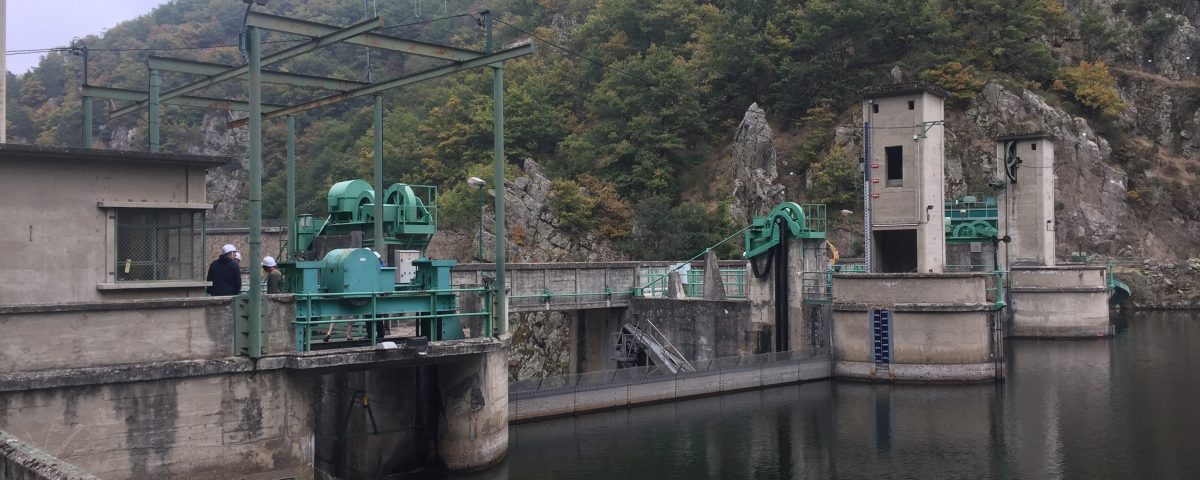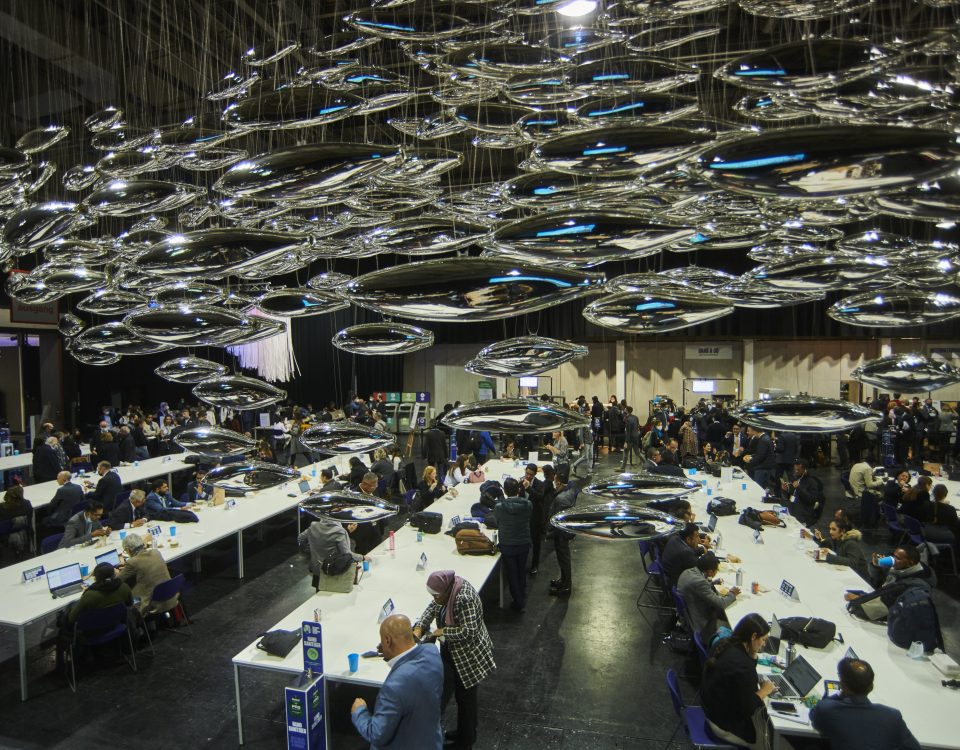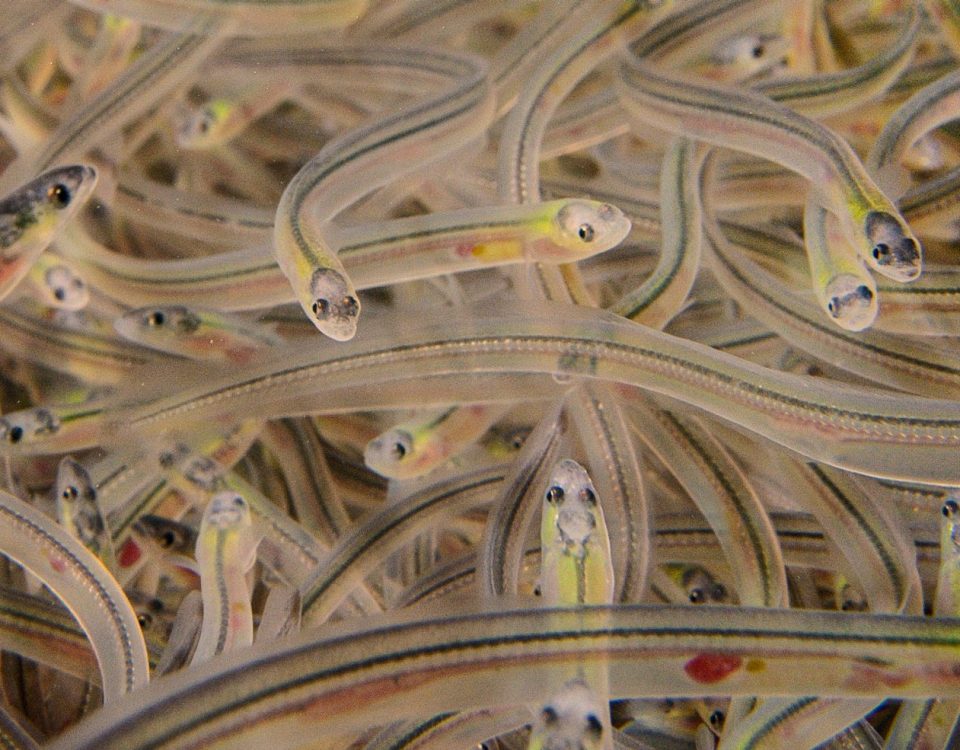
Measuring the impacts of barriers and climate change on riverine habitats
January 28, 2019
Impact of local knowledge on new hydropower plans
March 7, 2019Poutès dam (2018) to be revamped by lowering the dam to 7 meters high and installing 2 central sluice gates that will allow the flow of sediment and the upstream fishmigration (three month period) © Roxanne Diaz
Out with the old and in with the renovated dams
The topic of dam construction and hydropower has recently skyrocketed given new project plans in the pristine Balkans rivers, dam failures in Laos and Brazil, and plans for hydropower in many developing countries in Asia and South America.
A recently published article sheds light on the pros and cons of hydropower including the importance of removing old dams that are no longer in use and improving the dams that still serve a useful purpose. By removing old, out-of-use dams, we open up more fragmented sections of rivers to allow them to return to a more healthy, natural state. And the next crucial step is to revamp useful dams to reduce negative environmental impacts. Coordinator of the AMBER project, Carlos Garcia de Leaniz, mentions a few of adaptive options for the rehabilitation of viable dams: installing fish friendly turbines or fish passages and opening the dams at crucial fish migration periods.
The article also mentions new technology opportunities to lessen environmental impact while still reaping the benefits of hydropower.
Read the full article here.




